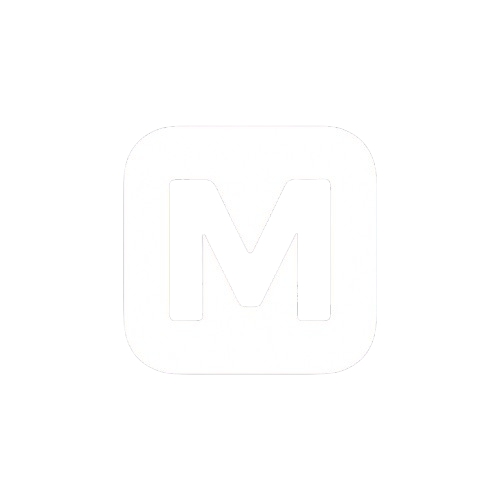Industrial automation actuators are essential for optimizing manufacturing processes and improving operational efficiency. These actuators are designed to handle heavy loads and provide reliable performance in demanding environments. The growing emphasis on automation and smart factories is driving the demand for industrial automation actuators, as companies seek to enhance productivity and reduce labor costs. The market for these actuators is expected to expand as industries continue to invest in automation technologies.
The linear actuator market is witnessing significant growth due to the rising demand for automation, precision control, and energy-efficient solutions across industrial, automotive, healthcare, and aerospace sectors. Linear actuators are devices that create motion in a straight line, converting energy into mechanical movement. They play a crucial role in applications requiring accurate positioning, lifting, and moving components. Their adaptability and integration capabilities make them a cornerstone in modern automation systems.
Market Drivers
Increasing automation in industries is a major factor driving the linear actuator market. Manufacturing plants, warehouse operations, and robotics systems utilize actuators for precise movement and control, minimizing human intervention. In the automotive sector, linear actuators are employed in power seats, tailgates, and adjustable steering systems, enhancing comfort and convenience for drivers and passengers.
Healthcare applications, such as hospital beds, patient lifts, and surgical equipment, are also contributing to market growth. Linear actuators enable smooth, controlled motion essential for patient safety and medical procedures. In addition, the aerospace industry relies on actuators for applications like landing gear, cargo doors, and wing flaps, where precision and reliability are paramount.
Market Segmentation
The linear actuator market can be segmented based on type, application, and end-user. Types include electric, hydraulic, and pneumatic actuators. Electric actuators are widely preferred due to ease of control, compact design, and energy efficiency. Hydraulic actuators offer high force capabilities suitable for heavy-duty industrial applications, while pneumatic actuators are known for speed and reliability in repetitive tasks.
Applications range from industrial automation and robotics to automotive, aerospace, and medical devices. Industrial automation remains the largest application segment due to the increasing adoption of robotics and machinery requiring precise linear motion. The automotive and medical segments are growing steadily as consumers and healthcare providers prioritize convenience, safety, and operational efficiency.
Regional Outlook
North America and Europe dominate the linear actuator market because of early technology adoption, strong industrial infrastructure, and focus on precision manufacturing. Asia-Pacific is emerging as a high-growth region due to rapid industrialization, increasing investment in automation, and growing demand from automotive and electronics industries. Countries like China, Japan, and South Korea are leading the charge in actuator adoption across multiple sectors.
Future Trends
Future trends in the linear actuator market focus on smarter, more connected devices. IoT-enabled actuators with real-time monitoring, predictive maintenance, and automated control are gaining traction. Energy-efficient designs, including low-power electric actuators, are becoming more prominent as industries aim to reduce operational costs and environmental impact. Additionally, integration with AI-driven systems for robotics and smart manufacturing is expected to enhance precision, flexibility, and productivity.
As industries continue to embrace automation, linear actuators will remain an essential component, enabling seamless motion control, operational efficiency, and technological advancement across sectors. Companies investing in innovative, high-performance actuators are poised to capitalize on the growing market demand.
FAQs
Q1: What types of linear actuators are most commonly used?
Electric actuators are widely used due to their precision, ease of control, and energy efficiency, while hydraulic and pneumatic actuators serve heavy-duty and repetitive tasks.
Q2: Which industries benefit most from linear actuators?
Industries including manufacturing, automotive, healthcare, aerospace, and robotics benefit from linear actuators due to their role in precise motion control and automation.
Q3: How do linear actuators improve efficiency?
They reduce manual labor, enable precise positioning, support automation, and improve safety in operations requiring controlled movement.
More Related Reports:
Industrial Waste Management Market Trends


